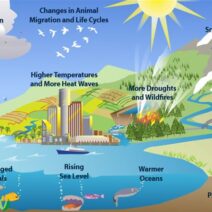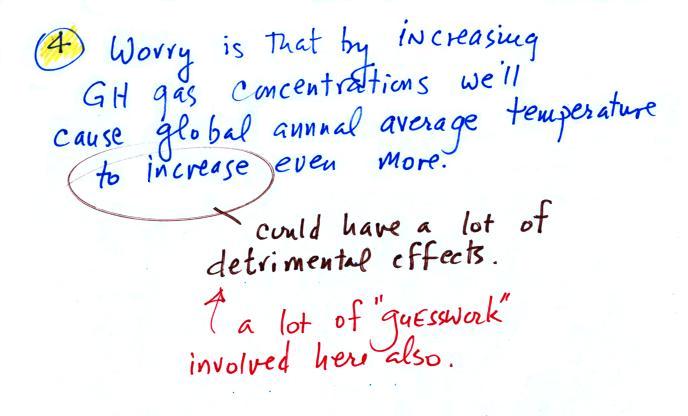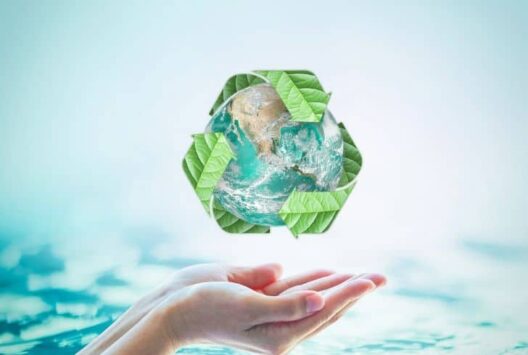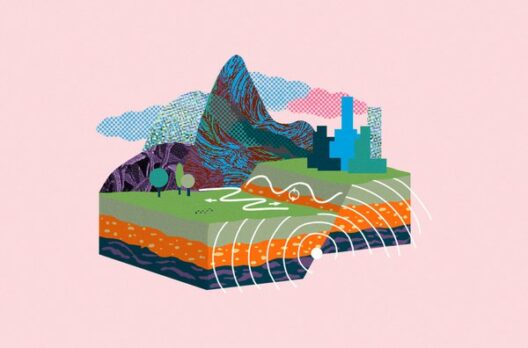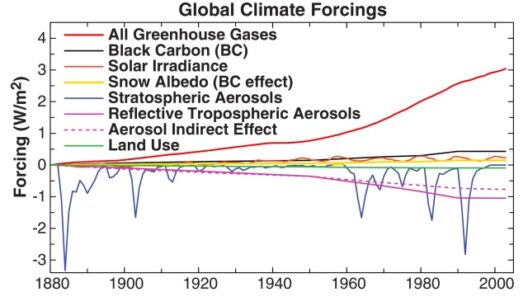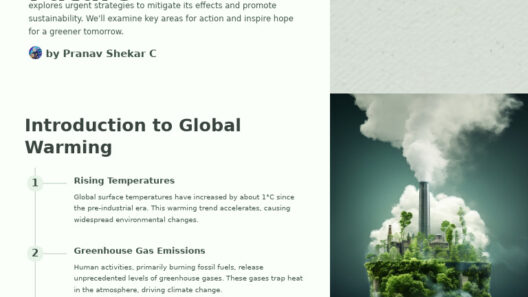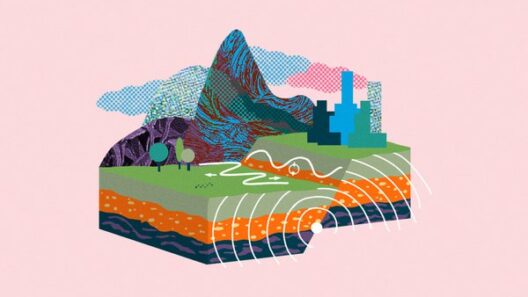Understanding the mechanics behind climate change begins with a dissection of carbon dioxide, a molecule that has become emblematic of environmental debates. These diatomic molecules, while naturally occurring, have undergone a relentless amplification due to anthropogenic activities. This article delves into the multifaceted role of carbon dioxide in fueling global warming, elucidating its sources, mechanisms, and implications for our planet.
The Science of Carbon Dioxide
Carbon dioxide (CO2) is a colorless, odorless gas produced through both natural processes and human actions. In nature, it is released through respiration, decomposition, and volcanic eruptions. However, the industrial revolution marked a significant turning point. Since then, fossil fuel combustion has escalated CO2 levels dramatically, transforming a natural process into an exacerbating factor in climate change.
Sources of Carbon Dioxide Emissions
Human activities contribute predominantly to elevated atmospheric CO2 levels. The principal sources of these emissions include:
- Fossil Fuels: The combustion of coal, oil, and natural gas for electricity, heat, and transportation releases copious amounts of CO2.
- Deforestation: Trees act as carbon sinks; when they are cut down, not only is this storage capacity diminished, but the carbon stored in these trees is also released back into the atmosphere.
- Industrial Processes: Manufacturing cement and certain chemicals leads to significant carbon emissions through the chemical reactions involved in production.
- Agriculture: Though methane (another greenhouse gas) often claims the spotlight, CO2 from soil management and synthetic fertilizers is another contributor.
Understanding these sources is paramount for targeting mitigation strategies. With industrialization and urban development on the rise, CO2 emissions have soared dramatically, surpassing 400 parts per million (ppm) in some regions.
Mechanisms of Global Warming
Carbon dioxide’s role in global warming hinges upon its properties as a greenhouse gas. When solar radiation reaches the Earth’s surface, it is absorbed and then re-emitted as infrared radiation. CO2, along with other greenhouse gases, traps some of this heat in the atmosphere, creating what is commonly referred to as the greenhouse effect.
This trapping effect can be likened to the behavior of a snug blanket; while it provides comfort and warmth, too much insulation can lead to overheating. The concentration of CO2 in the atmosphere dictates the extent of this warming. As CO2 levels increase, so does the potential for heat retention, leading to a cascade of climatic changes.
Feedback Loops and their Impacts
The complexities of climate dynamics involve feedback loops that exacerbate warming. For example, as global temperatures rise, polar ice caps melt, reducing the Earth’s albedo (reflectivity). This darker surface absorbs more heat, further accelerating warming. Similarly, thawing permafrost releases not only CO2 but also methane, another potent greenhouse gas, creating a spiral of escalating emissions.
The consequences of increased atmospheric CO2 levels are profound. These impacts are not just theoretical; they manifest as rising global temperatures, altered weather patterns, and extreme weather events. Ecosystems are perturbed, leading to shifts in biodiversity, disruption of food systems, and adverse health effects.
Mitigating Carbon Dioxide Emissions
In response to the mounting evidence, a plethora of strategies exists to curtail CO2 emissions. Transitioning to renewable energy sources such as solar, wind, and hydroelectric power can significantly reduce reliance on fossil fuels. Additionally, enhancing energy efficiency in buildings, vehicles, and industrial operations diminishes CO2 output.
Another vital approach includes carbon sequestration, wherein CO2 is captured from the atmosphere and stored underground or converted into useful materials. Reforestation and afforestation efforts also play crucial roles in restoring natural carbon sinks. These actions can mitigate immediate impacts and help to restore ecological balance over time.
International Efforts and Policies
Addressing climate change is not solely the responsibility of individual nations; it is a global endeavor. Agreements such as the Paris Accord aim to unite countries in efforts to limit temperature rise to below 2 degrees Celsius. Nationally determined contributions (NDCs) commit countries to specific targets in cutting emissions, including CO2 outputs.
Furthermore, public awareness campaigns elevate understanding of carbon footprints, prompting individuals and businesses alike to adopt more sustainable practices. Education plays a crucial role in informing future generations about the significance of reducing carbon emissions.
The Path Ahead
In summation, carbon dioxide molecules, while a natural part of Earth’s ecosystem, have taken on significant new roles due to human intervention. As we deepen our understanding of its mechanisms and impacts on global warming, it becomes imperative to adopt comprehensive and sustainable practices to mitigate its consequences. Understanding the science behind CO2 emissions empowers us to engage in meaningful discourse and spearhead the transition to a more sustainable future. Only through collective action can we hope to dissipate the threat of climate change.

